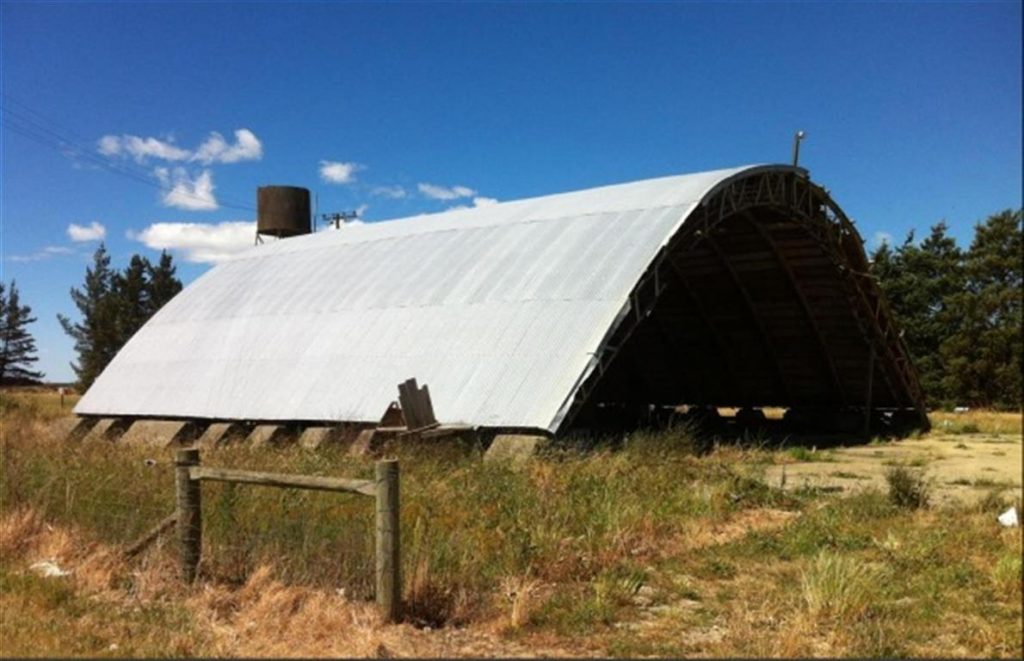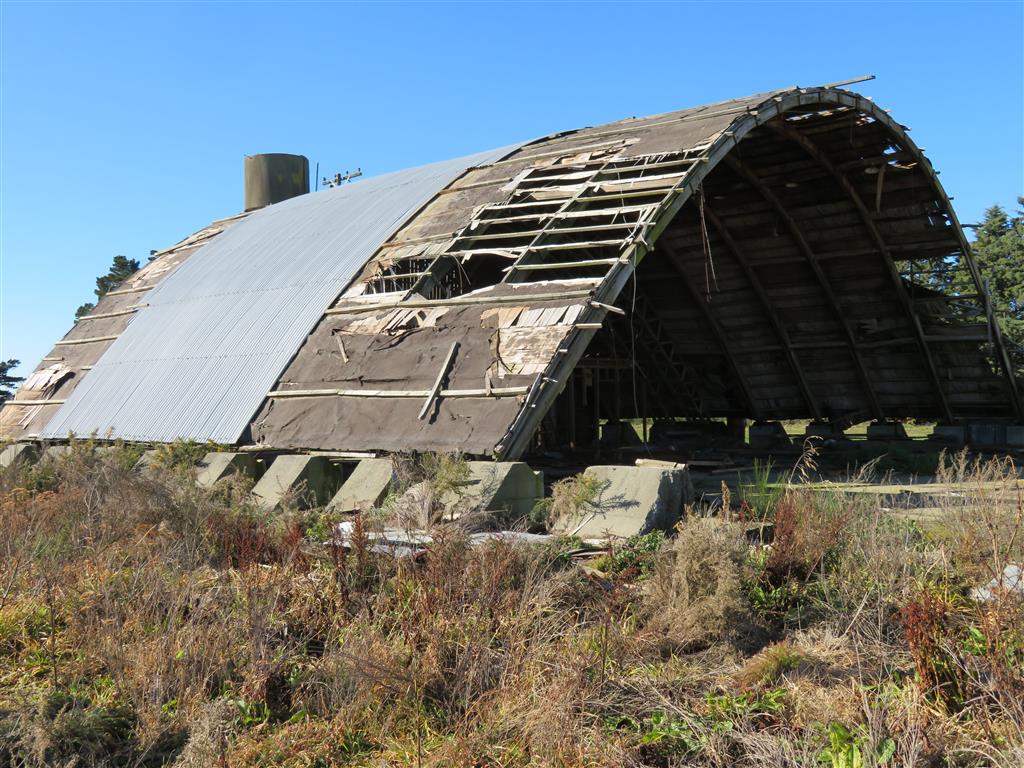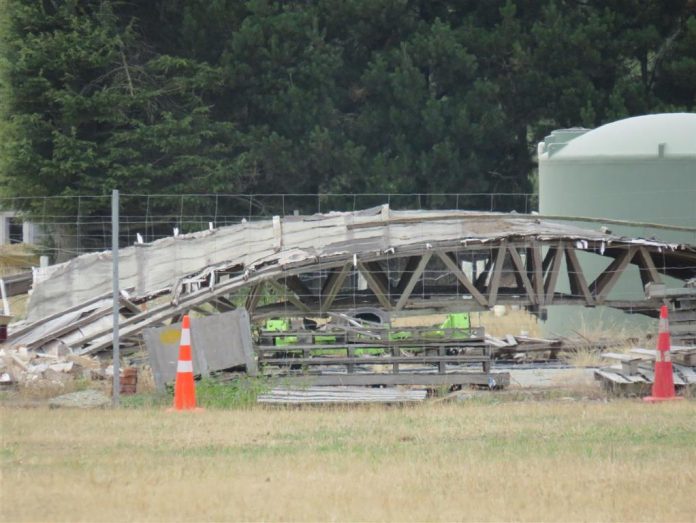As a significant piece of World War II history in the Ashburton District is being lost to the ravages of time, a group of dedicated enthusiasts is committed to saving it.
The Royal New Zealand Air Force No2 Elementary Flying Training School trained more than 1000 pilots at the Ashburton Airport and a 1942 Kittyhawk hangar is the last remaining one of nine built there to house aircraft during the war.
Over the years the weather has taken its toll on the fragile structure, and strong winds last year brought it to the ground.
Three years ago a small group of Ashburton people set up the Kittyhawk Restoration Charitable Trust to attempt to rebuild the hangar. Through raffles and donations, they have raised about $10,000.
Now they need help, and are reaching out to the community.
The rebuild, the cost of which is unknown but could be up to half a million dollars, depends on having people come on board, and getting the finances to make it happen.

Secretary Alistair Perkins said members had spent a lot of time and effort tidying up the site.
‘‘The trust is keen for anyone with an interest in heritage buildings, local history and aviation archaeology to join them. The task ahead, while formidable, given good planning and funding is very achievable,’’ Alistair said.
He said the hangars constructed at the airport during the war saw six in the Kittyhawk design and three the large Hudson type.
‘‘In March 1955, the Air Department, through the Government Stores Board, began offering the hangars for sale. This continued until 1956 by which time only one of the smaller ones had been sold.
“Those left were dismantled and dumped or burnt. Local aviation enthusiast the late Jim Chivers’ research found concrete anchors used for the hangars were found in an old shingle pit near the airfield in 2005, and all told there were 114 anchors for small hangars and 114 from the bigger hangars,’’ Alistair said.
Following the war, the hangar had various uses by businesses and neighbouring farmers. The original melthoid roof was replaced by a corrugated iron roof.
‘‘Ashburton Aviation Museum had several attempts to secure the building for restoration and great efforts were made by two members in particular, the late Ian Royds and Jim Chivers,’’ Alistair said.

‘‘Sadly these attempts, as the district council lease would not be released by the then current holder, were not successful.
“Only when the building began to deteriorate badly was the lease relinquished, and by then the aviation museum felt it was in the too hard basket and pulled away,’’ Alistair said.
President Ian Begbie said members were salvaging what they could, especially its unique wooden trusses. The hope is to use these for patterns for the future rebuild.
The wooden remnants would not be salvageable, and were only suitable for patterns.
However, the concrete floor and abutments for truss anchor points were in good order, and being able to reuse them would reduce the cost of the rebuild, Alistair said.
Anyone wanting to give time, skills or money can contact the trust through Alistair at [email protected]




